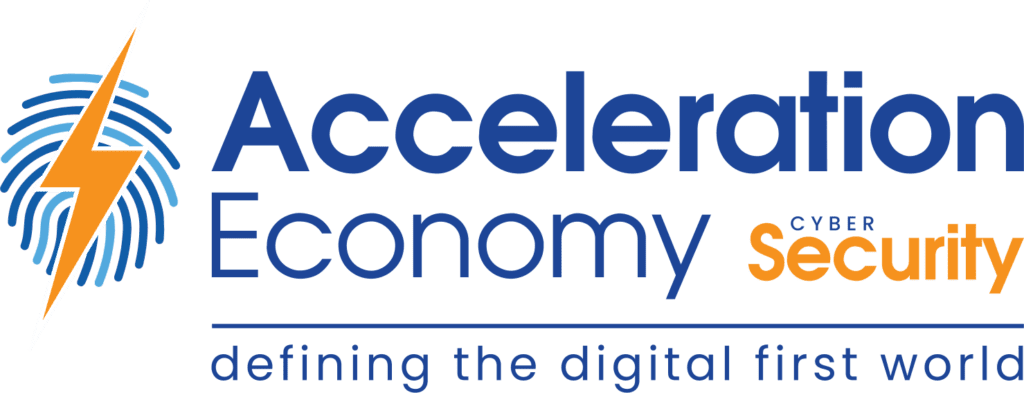Interest in low-code/no-code software development platforms has ignited in recent years. These coding platforms provide reusable components and prefabricated integrations, allowing even non-developers to generate production-ready applications and workflows in a matter of minutes. The method is a boon for getting more folks interested in software development, but it has limits.
I recently chatted with Prashanth Chandrasekar, CEO, Stack Overflow, about the limits of low-code/no-code tools. Overseeing the world’s largest online developer community and forum, Chandrasekar has a keen insight into modern developers’ attitudes and technology preferences.
Below, we’ll weigh the pros and cons of low-code/no-code and consider other methods to increase accessibility around software development.
Low-Code/No-Code Positives
Undoubtedly, low-code/no-code has a unique potential to democratize software development. The concept has evolved over the years and recently brought a new class of business users into the development sphere. For example, Chandrasekar describes how Salesforce Dreamforce enables developers to write workflows within Salesforce — such capabilities enable subject matter experts to quickly build functionality within the platform.
Low-code/no-code might also be adopted out of necessity due to the widening IT skills gap, or it may be helpful to address amplified pressure to construct digital services brought on by the pandemic. “Low-code is a powerful way to get people excited and into the coding space,” said Chandrasekar.
Furthermore, leaders are now in charge of overseeing many disparate IT initiatives, describes Chandrasekar. These might include data mining and machine learning, DevOps, microservices architecture, security observability, and other areas. Given all that demand, many institutions face a lack of engineering supply to address the pain points that low-code/no-code is set to remedy.
Low-Code/No-Code Tradeoffs
But although low-code/no-code development platforms make applications and workflows easier to build, you sacrifice a lot of customizability, says Chandrasekar. “Early developers may use AI-powered coding tools without learning the core principles, but they will ultimately hit a ceiling,” he said.
There are also potential quality assurance concerns to keep in mind. If code is automatically generated, engineers will not have a deep understanding of its underlying nuances, says Chandrasekar. This lack of knowledge could rear its ugly head during bug fixing or testing, as engineers won’t be super familiar with the code if it’s generated by a bot.
As we’ve previously discussed, sometimes too much software development automation can be more of a hindrance than a positive force. Mandating developers into strict coding platforms could lead to shadow workarounds, incompatibilities, and governance issues. For experienced programmers already comfortable with an integrated development environment, it’s likely putting them in a box.
Other Onramps to Software Development
“Low-code is a good way to get non-technologists into the technology space by democratizing software development,” said Chandrasekar. “But low-code is not the only onramp — developers need to learn the fundamentals, and there are plenty of online resources to help.”
To his point, 70% of developers are now learning to code using online resources. Many resources are freely available to peruse and learn from, whether it’s the 50 million questions and answers on Stack Overflow, GitHub repositories, trade blogs and articles, or examples within open-source documentation. Most code posted to Stack Overflow is free to copy and paste into your own projects. Understandably, there’s a lot of knowledge here to cover the fundamental bases — the hurdle is accessing it all in a way that complements a programmer’s learning flow.
With this in mind, one objective to democratize software development is simply to make these existing resources more accessible. Chandrasekar describes this as “leveraging the workflow to give developers and technologies access to the right information at the right time.” Interestingly, Stack Overflow products are moving in this direction by providing a unified search feature that spans both public and internal coding knowledge repositories. This could help leverage community knowledge while protecting proprietary internal code samples and secrets.
Improving Developer Experience
By making free learning resources more accessible at every stage of the developer’s workflow, users can actively learn without blindly generating code. Chandrasekar describes how extending this knowledge with integrations into Teams or Slack could help meet development teams where they are. In that vein, improving developer experience (DX) is another potential way to increase accessibility. Usable documentation, getting-started guides, and code samples are among the well-known strategies to improve a software tool’s DX.
So, before you quickly invest in low-code, consider how accessible it is to development knowledge and the developer experience. This could remove the need to add additional tech debt that replaces programming knowledge entirely.
Conclusion
According to Chandrasekar, low-code/no-code has too many limits to be taken seriously by professional developers. Such platforms are highly usable, but users will inevitably hit a ceiling that prevents deep customization. Furthermore, automatically generated code may be difficult to debug. Personally, however, I’m remaining optimistic about low-code/no-code, as I believe it can empower subject matter experts on the ground floor with development capabilities. Growth in this sector also looks promising — the global low-code development platform market size is estimated to reach $35.2 billion by 2030, experiencing a 22.9% company annual growth rate from 2022 to 2030. But although analyst outlooks look favorable, it’s important to note the tradeoffs that low-code initiatives present.
Want more cybersecurity insights? Visit the Cybersecurity channel:







